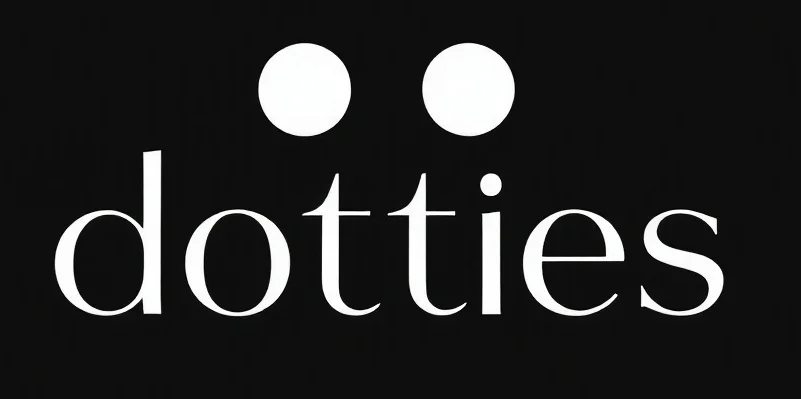Rethinking the Etsy API: A Pathway to Integration
Picture this: you’re an entrepreneur, perhaps with a knack for handmade crafts or vintage goods, and you’ve set up shop on Etsy. It’s going well, but you’re looking for ways to streamline operations, optimize your listings, or maybe even gather some insights about your audience. Enter the Etsy API, a tool that can potentially unlock new layers of efficiency and data-driven decision making for your business. But before you dive into the world of API integration, let’s unpack what it actually means and how it can serve as an ally in your ecommerce journey.
What is the Etsy API?
In the simplest terms, an API, or Application Programming Interface, is a bridge. It’s the digital equivalent of a universal translator, allowing different software systems to communicate with each other. The Etsy API specifically allows developers to interact with Etsy’s vast platform, which means you can automate tasks, sync inventory, or even analyze data without manually combing through endless dashboards and reports.
Think of the Etsy API as your personal assistant, a bit like hiring an intern who doesn’t need lunch breaks. It takes on repetitive tasks, freeing you up to focus on the creative and strategic aspects of your business. It’s about making technology work for you, not the other way around.
Why Should You Care?
In a world where time is money, efficiency isn’t just a buzzword—it’s a necessity. The Etsy API can help you streamline processes that would otherwise take hours. For instance, updating your product listings one by one is a task that can quickly become tedious. With API access, you can automate this process, ensuring that your inventory is always up-to-date and customers aren’t left disappointed by out-of-stock items.
Moreover, the Etsy API can open doors to analytics that provide insights into your customer base. Understanding who is buying your products, when, and what else they’re interested in can inform not just your marketing strategies, but also product development and inventory management.
Breaking Down the Barriers
Despite its potential, many entrepreneurs shy away from API integration, daunted by perceived complexity. But let’s break it down: it’s not about becoming a coding wizard overnight. It’s about understanding enough to have a meaningful conversation with your developer or tech team. It’s about knowing what’s possible, so you can steer the ship in the right direction.
Start with the basics. Familiarize yourself with the terms and functionalities. Engage with communities or forums where you can learn from others who’ve been in your shoes. You’ll find that demystifying the tech is the first step to leveraging it effectively.
Actionable Recommendations
- Educate Yourself: Spend some time on the Etsy Developer documentation and understand the basic capabilities of the API.
- Consult a Developer: If coding isn’t your forte, consider hiring a developer who can tailor the API functionalities to your needs.
- Start Small: Begin by automating a single process, such as inventory updates, before expanding to more complex integrations.
- Leverage Analytics: Use the data you gather to refine your marketing strategies and product offerings.
- Engage with the Community: Join forums and groups where you can exchange tips and learn from experienced users.
In the end, the Etsy API is not some mystical beast to be tamed but a tool to be wielded. It’s about making your business smarter, not harder. So go ahead, take that first step, and see how this digital utility can transform your Etsy shop into a well-oiled machine.
Checkout ProductScope AI’s Studio (and get 200 free studio credits)

